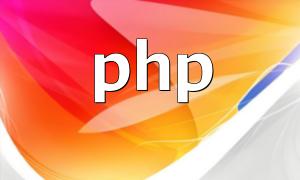Ensuring the security of enterprise PHP applications is crucial to defend against cyber threats and protect sensitive data. This guide provides a comprehensive overview of key security design principles and best practices.
Use filter_input() or filter_var() functions to validate and filter user input, preventing injection attacks and cross-site scripting.
<span class="fun">$name = filter_input(INPUT_POST, 'name', FILTER_SANITIZE_STRING);</span>
Encrypt data during transmission using SSL/TLS, apply strong encryption algorithms such as AES-256, and securely store sensitive data in the database.
<span class="fun">$password = password_hash('mypassword', PASSWORD_DEFAULT);</span>Implement multi-factor authentication and role-based access control to ensure only authorized users can access sensitive information.
session_start();
if (!isset($_SESSION['logged_in']) || !$_SESSION['logged_in']) {
header('Location: login.php');
exit;
}Regularly review code to identify vulnerabilities and conduct thorough penetration testing to detect potential security threats.
Record all critical operations, including logins, data access, and unusual activity, and trigger alerts when suspicious events occur.
Scenario: An e-commerce website needs to protect customers' financial information.
<span class="fun">$cc_num = openssl_encrypt($card_num, 'AES-256-CFB', 'mysecretkey', 1);</span>
By following these design principles and best practices, PHP developers can build secure and reliable enterprise applications, safeguarding user data and business assets from cyber attacks.









